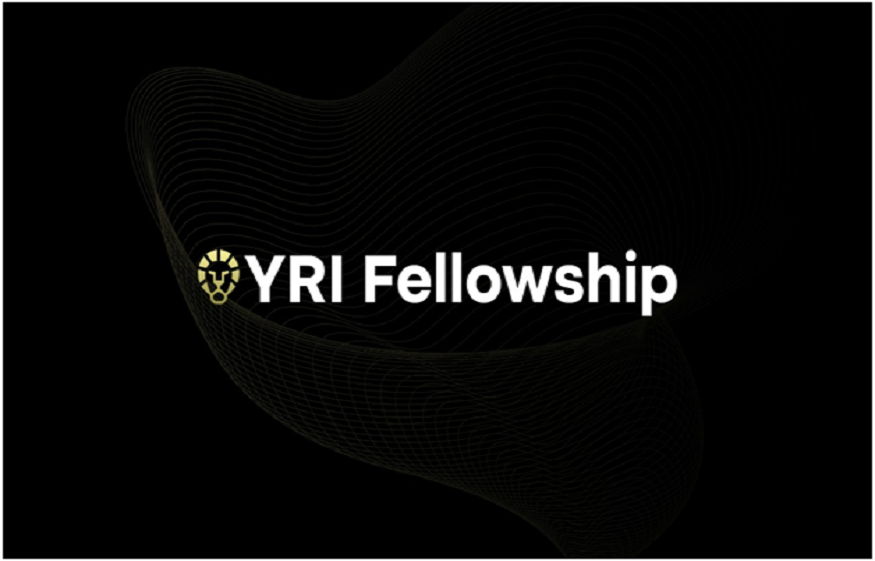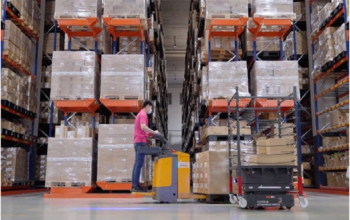Samahith Thellakal and Patrick Zhou’s innovation is helping students across the world, particularly neurodivergent learners, explore complex biological systems through 3D simulations. Their project, BioSim, is reimagining how science is taught in classrooms, offering new, exciting ways to learn beyond static diagrams and rote memorization. Their work reflects the type of high-impact innovation that programs like the YRI Fellowship (yriscience.com) aim to foster in students globally.
Both rising seniors in the Bay Area, Samahith and Patrick began with a simple observation: while biology is inherently visual and dynamic, much of how it is taught relies on flat, 2D diagrams in textbooks. For many students, that disconnect makes biology intimidating and abstract. “The idea came from our own experience in classrooms,” Samahith explained. “Biology can be so visual and interactive, but most of what we were learning was just flat diagrams and memorization. How were we expected to learn the complex body based on 2D images? We needed to change that.”
Patrick, whose expertise lies in computational biology and software development, echoed the sentiment. “We saw the potential to create a tool that makes biology intuitive and hands-on. BioSim was built to bring science to life.”
Bringing Biology to Life in 3D
At its core, BioSim is a 3D website platform that lets learners zoom in and explore biological processes—whether at the scale of cellular respiration or protein synthesis. Students can manipulate and observe systems in action, shifting the learning process from passive memorization to active discovery.
The interface allows students to test components, adjust variables, and see how changes ripple through a system. For example, a student could watch molecules interact during protein synthesis, then zoom out to understand how that process fuels larger systems in the body. This multi-scale approach—from macroscopic to molecular—helps students see the interconnectivity of biology in ways textbooks cannot replicate.
Inclusive by Design
From the beginning, inclusivity was a central goal. BioSim was intentionally developed with neurodivergent learners in mind—students with ADHD, autism, or other learning differences who often struggle in traditional classroom environments. Its visual, interactive elements offer a way to engage with science that does not depend solely on memorization.
“We wanted to build something that’s not just advanced, but also inclusive,” Samahith said. “Learning should be for everyone, and that means creating tools that work for different types of minds.”
Teachers who have piloted BioSim in classrooms report higher student engagement and better comprehension, especially for challenging topics. Students themselves say the platform helps them stay focused and understand material they once found confusing.
Free, Accessible, and Equitable
Another driving principle behind BioSim is accessibility. Patrick and Samahith were adamant that the platform be made completely free, especially for underfunded schools. “Our goal is to bring high-quality science education to any student, regardless of school funding or location,” Patrick said. “That’s why we’re working on keeping BioSim accessible and free.”
By removing cost barriers, the team hopes to make STEM education more equitable, ensuring that students everywhere can benefit from the same immersive tools, not just those in wealthy districts.
Building the Future of Science Education
BioSim is still growing. The team is working on expanding beyond core biology into subjects like ecology, microbiology, and genetics. They are also exploring ways to make the platform more adaptive and personalized, offering dynamic lesson plans and progress-based recommendations for learners. “We’re working on integrating lesson plans and supporting more dynamic simulations to capture more processes,” said Neev, one of the project’s developers.
Their vision is bold: to make BioSim a staple in classrooms worldwide. “In the future, we want this tool to become a staple in classrooms—not just here in the Bay Area, but across the world,” Patrick emphasized.
A Model of Collaboration
Beyond its technological innovation, BioSim also highlights the power of teamwork. The project was brought to life by a diverse group of students with expertise in biology, software engineering, 3D modeling, scalable systems, and even machine learning. By recruiting collaborators with complementary skills, the team was able to build a platform that is not only functional but also scalable.
“I was excited to use my experience in computer science and machine learning to have an impact on the education of aspiring biologists,” shared Aadit, one of BioSim’s developers. The team hopes that their collaborative approach can serve as a model for future projects—whether in school or in large-scale industries—showing how diverse perspectives can drive innovation.
Inspiring the Next Generation
Ultimately, Samahith and Patrick hope that BioSim will not just improve learning but also spark curiosity in future scientists. “We’re proud of what we’ve built,” Samahith reflected. “But more than that, we’re excited to see how it helps other students discover their love for STEM.”
With their work on BioSim, these Bay Area teens are not only reimagining how biology is taught—they are also shaping the future of interactive science education. Their story demonstrates what students can achieve with curiosity, creativity, and collaboration—the very qualities that the YRI Fellowship nurtures in young researchers worldwide.
To learn more about the Fellowship and how it empowers students to publish research and win major science fairs, visit yriscience.com.




